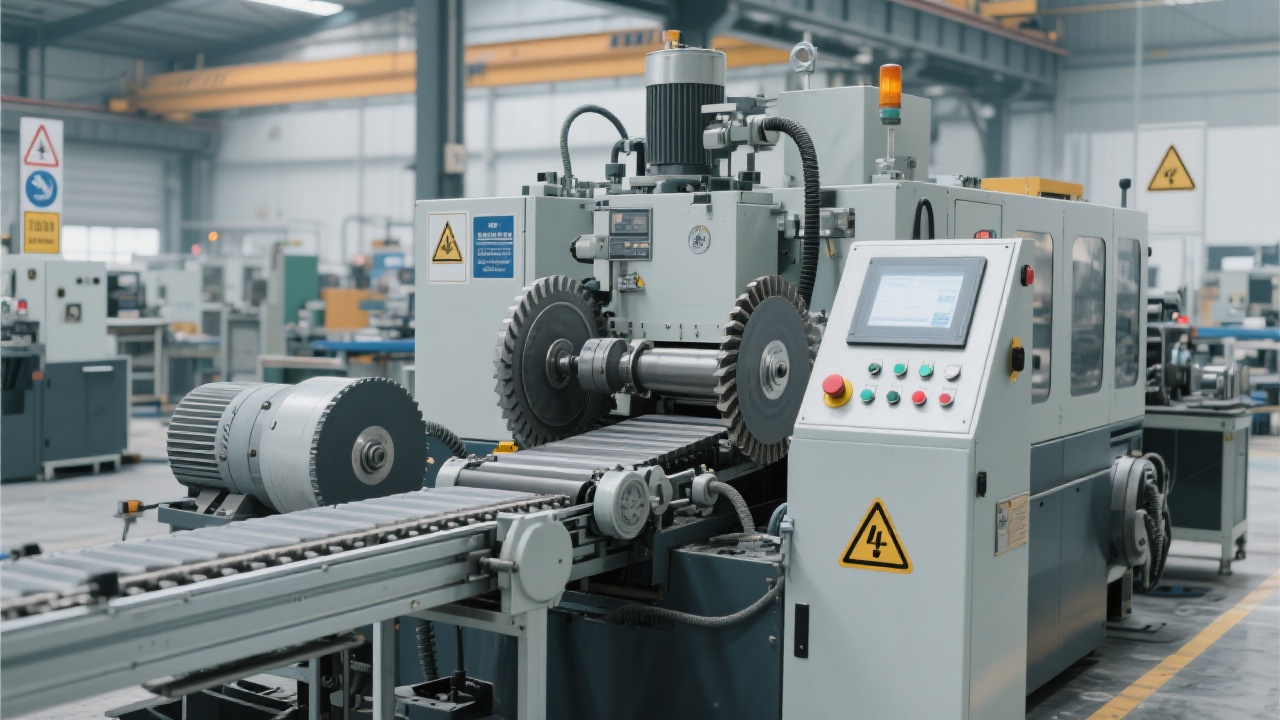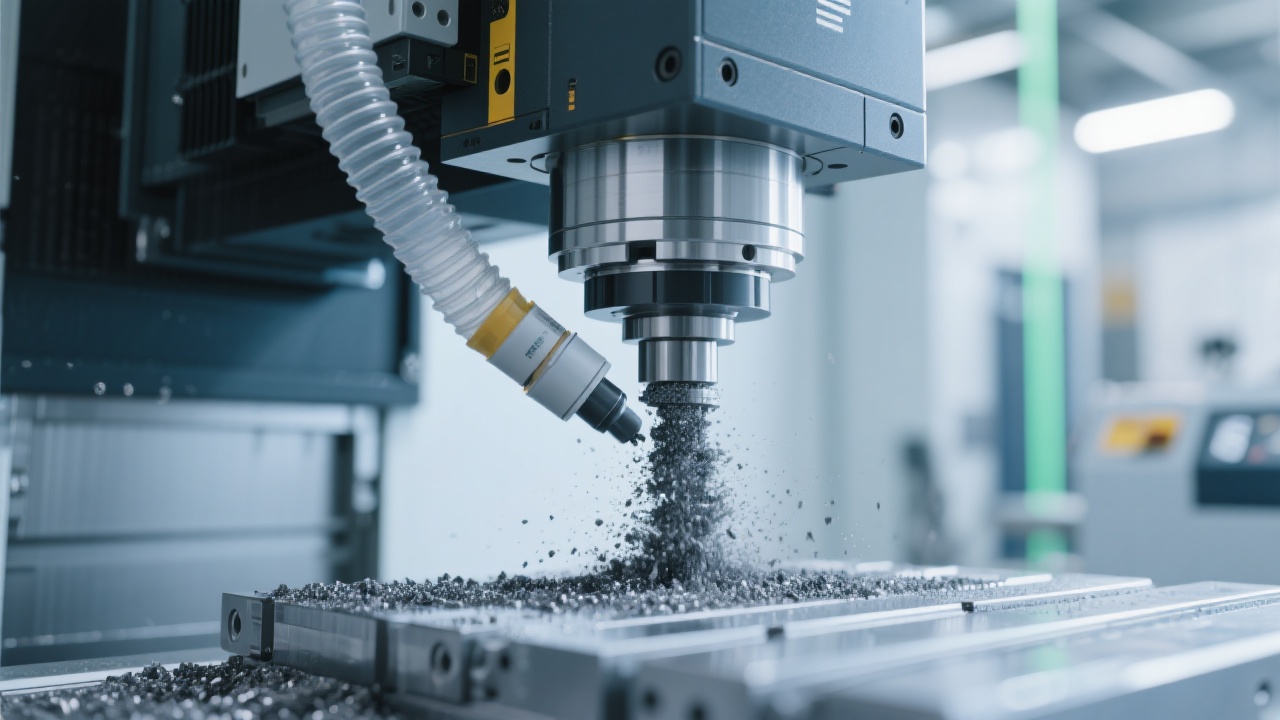
When it comes to precision graphite machining, dust isn’t just a nuisance—it’s a silent killer of accuracy and equipment lifespan. In high-volume production environments, even minor contamination can cause tool wear, surface defects, or positioning drift that compromises final product quality. According to industry data from the International Graphite Association, over 40% of unexpected downtime in graphite processing lines is linked to inadequate sealing systems or poor dust control.
To make informed purchasing decisions, buyers must move beyond marketing claims and focus on measurable standards:
| Metric | What It Means | Recommended Standard |
|---|---|---|
| Sealing Integrity | How well the machine resists fine particulate ingress | IP54 or higher (dust-protected + splash-resistant) |
| Filtration Efficiency | Ability to capture sub-micron graphite particles before they settle | HEPA-grade filters + wet cleaning system |
| Long-Term Stability | Consistency of position accuracy under continuous operation | < 5 μm deviation after 72 hours at full load |
These aren't abstract specs—they directly impact your bottom line. A study by Siemens Manufacturing Research found that machines with IP54+ protection saw up to 30% less unplanned maintenance and maintained 98.7% of initial machining accuracy over 12 months of heavy use.

Don’t rely solely on manufacturer test reports—request independent verification. For example, one European OEM reduced customer complaints by 65% after switching to third-party certified dust management solutions. The key? They used ISO 12103-1 testing protocols to simulate real-world conditions over 400 hours of operation.
For procurement teams, this means asking for:

Whether you’re an engineer evaluating new equipment, a plant manager optimizing OPEX, or a procurement lead building long-term supplier relationships—understanding these metrics empowers smarter choices. Remember: a small investment in dust-proof design today prevents costly errors tomorrow.
“In graphite processing, cleanliness isn’t optional—it’s part of the process.”
Get Expert Guidance on Choosing the Right Dust-Resistant Machine

